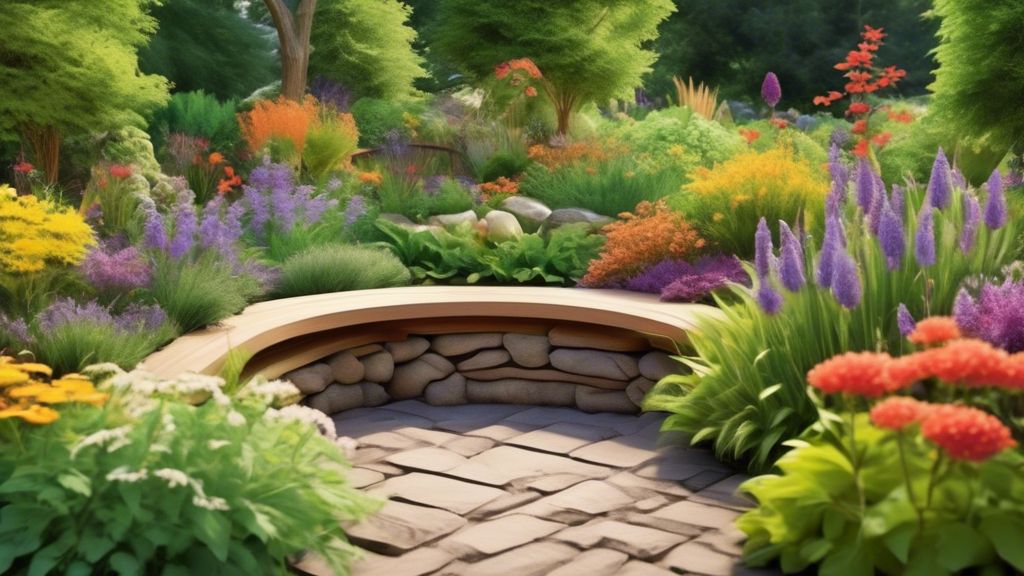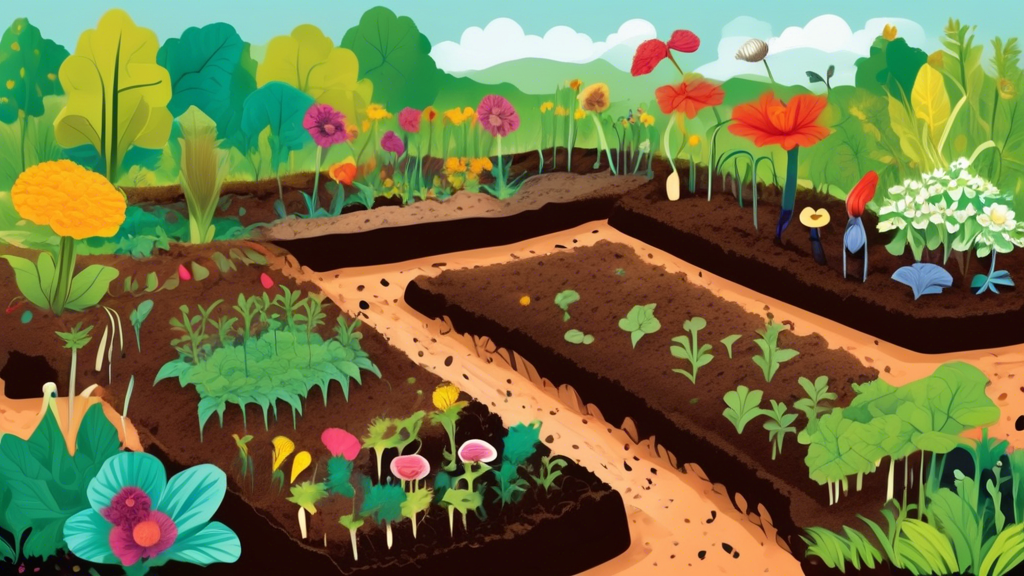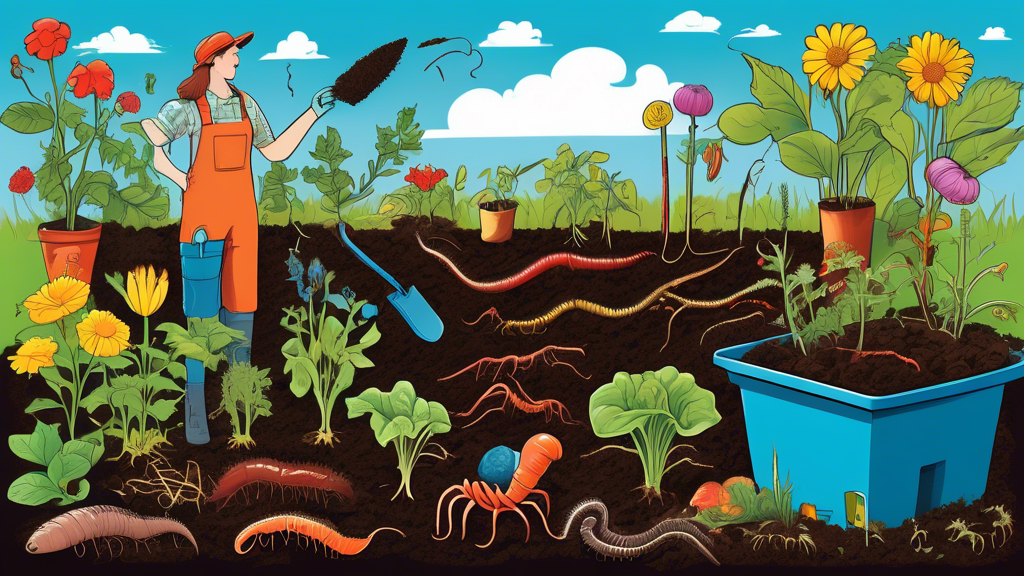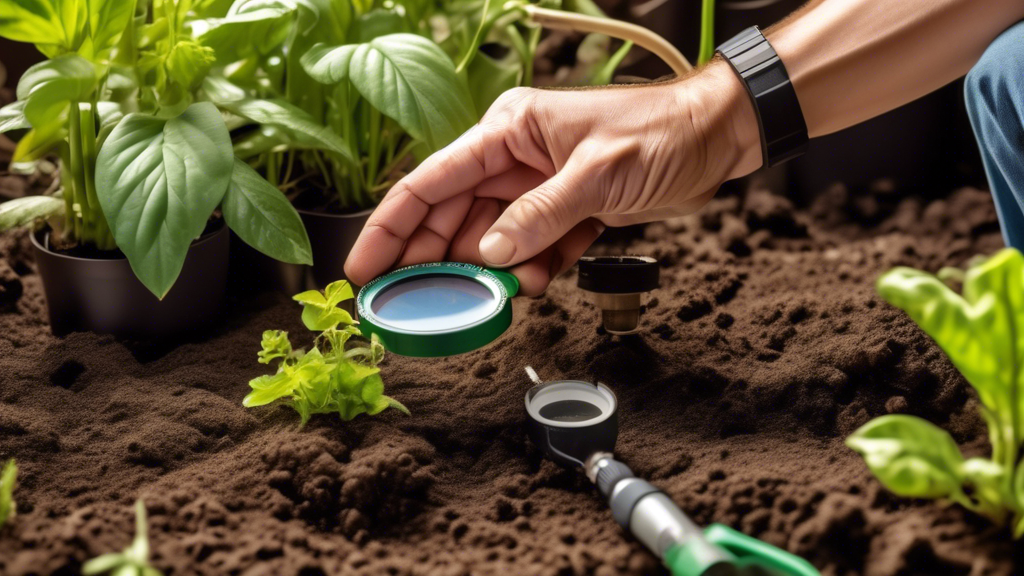
Introduction: Embrace the Organic Gardening Revolution
In a world increasingly dominated by mass production and chemical interventions, a growing number of people are turning to organic gardening as a way to reconnect with nature, prioritize health, and minimize their environmental impact. Organic gardening is more than just a trend—it’s a philosophy that emphasizes harmony with the natural world, promoting biodiversity, soil health, and sustainable practices. Whether you’re a seasoned gardener or a complete novice, this comprehensive guide will equip you with the fundamental principles and practical tips to embark on your organic gardening journey.
Understanding the Principles of Organic Gardening
At its core, organic gardening centers around nurturing a self-sustaining ecosystem in your garden. This involves working in tandem with nature’s processes, fostering beneficial relationships between plants, soil, and microorganisms. Here are the key principles that underpin this approach:
1. Soil is the Foundation of Life
In organic gardening, soil is not merely an inert medium to anchor plants; it’s a living, breathing ecosystem teeming with beneficial organisms. Healthy soil provides plants with essential nutrients, enhances water retention, and improves drainage. Instead of relying on synthetic fertilizers that can harm soil life, organic gardeners focus on building soil fertility through natural methods such as:
- Composting: Decomposing organic matter like kitchen scraps and yard waste into nutrient-rich compost.
- Worm Composting (Vermicomposting): Utilizing worms to break down organic matter into nutrient-rich castings.
- Cover Cropping: Planting beneficial plants like legumes during the off-season to fix nitrogen in the soil and improve its structure.
- Mulching: Applying a layer of organic material (like straw, wood chips, or shredded leaves) to the soil surface to retain moisture, suppress weeds, and moderate soil temperature.
2. Nurture Biodiversity
Organic gardening embraces the interconnectedness of nature, recognizing that a diverse ecosystem is a resilient ecosystem. By attracting beneficial insects, pollinators, and wildlife, you create a natural balance that helps control pests and diseases without the need for harmful pesticides. Encourage biodiversity by:
- Planting a variety of plants: Different plants attract different beneficial insects, creating a more balanced ecosystem.
- Providing habitat: Incorporate birdhouses, insect hotels, and water features to create a welcoming environment for wildlife.
- Avoiding pesticides: Chemical pesticides harm not only pests but also beneficial insects, disrupting the natural balance of the garden.
3. Water Wisely
Water is a precious resource, and organic gardening emphasizes responsible water management. Conserving water not only reduces your environmental impact but also promotes healthy plant growth. Implement these water-saving practices:
- Water deeply and less frequently: Encourage deep root growth by watering deeply when the soil is dry to the touch a few inches below the surface.
- Use mulch: A layer of mulch helps retain moisture in the soil, reducing the need for frequent watering.
- Choose drought-tolerant plants: Opt for plant species adapted to your local climate and require less water.
- Collect rainwater: Set up rain barrels or other systems to harvest rainwater for irrigating your garden.
Getting Started with Organic Gardening
Now that you understand the fundamental principles, let’s delve into the practical steps of starting your own organic garden:
1. Plan Your Garden
Before you even pick up a shovel, take some time to plan your garden layout. Consider the following factors:
- Sunlight: Assess how much sunlight different areas of your yard receive throughout the day. Most vegetables thrive in full sun (at least 6 hours of direct sunlight daily).
- Space: Determine the size and shape of your garden based on available space and your gardening goals.
- Soil Type: Get to know your soil type (clay, loam, sand) as it influences drainage, nutrient content, and what plants will thrive.
- Climate: Choose plants that are well-suited to your local climate and growing season.
2. Prepare Your Soil
Soil preparation is crucial for organic gardening success. Here’s how to get your soil ready:
- Test Your Soil: Conduct a soil test to determine its pH level and nutrient content. This will guide you in making necessary amendments.
- Remove Existing Vegetation: Clear the area of any existing grass, weeds, or vegetation. You can either remove them manually or solarize the soil by covering it with clear plastic for several weeks to kill off existing plants.
- Loosen the Soil: Use a garden fork or tiller to loosen the soil to a depth of 12-18 inches. This improves drainage and aeration.
- Amend the Soil: Based on your soil test results, incorporate organic matter like compost, aged manure, or leaf mold to improve soil structure, fertility, and water retention.
3. Choose Your Plants
Selecting the right plants is essential for a successful organic garden. Consider these factors:
- Climate and Growing Season: Opt for plant varieties that are well-suited to your local climate and growing season. Consult a planting calendar for guidance.
- Sunlight Requirements: Choose plants that match the sunlight conditions of your garden (full sun, partial shade, shade).
- Space Requirements: Pay attention to the mature size of plants and space them accordingly to avoid overcrowding.
- Companion Planting: Explore the concept of companion planting, which involves strategically planting different species together to enhance growth, deter pests, and attract beneficial insects.
4. Planting Techniques
Different plants require different planting techniques. Here are some general guidelines:
- Direct Seeding: Some vegetables, like beans, carrots, and radishes, grow best when seeds are sown directly into the garden bed. Follow seed packet instructions for depth and spacing.
- Starting Seeds Indoors: For plants with a longer growing season, like tomatoes, peppers, and eggplants, it’s often beneficial to start seeds indoors several weeks before the last frost date. Use seed-starting mix and provide adequate light, warmth, and moisture.
- Transplanting: When seedlings are large enough and the weather has warmed up, carefully transplant them into the garden bed. Harden off seedlings gradually by exposing them to outdoor conditions for increasingly longer periods before transplanting.
5. Watering and Weeding
Consistent watering is crucial, especially for young plants. Water deeply when the soil is dry to the touch a few inches below the surface. Avoid overhead watering, which can promote disease. Mulching around plants helps retain moisture and suppress weeds. Regularly inspect your garden for weeds and remove them promptly before they have a chance to establish themselves and compete with your plants for resources.
6. Pest and Disease Management
In an organic garden, pests and diseases are addressed through preventative measures and natural solutions. Here’s how to manage them effectively:
- Healthy Soil: Healthy soil fosters strong, resilient plants that are less susceptible to pests and diseases.
- Beneficial Insects: Attract beneficial insects like ladybugs, lacewings, and praying mantises, which are natural predators of many garden pests.
- Crop Rotation: Rotate crops each year to disrupt pest and disease cycles.
- Organic Pesticides: If necessary, utilize organic pest control methods like insecticidal soap, neem oil, or diatomaceous earth.
- Disease-Resistant Varieties: Choose plant varieties that are known for their resistance to common diseases.
7. Harvesting and Enjoying the Fruits of Your Labor
Harvesting your homegrown organic produce is a rewarding experience. Different plants have different maturity indicators, so consult planting guides or seed packets for specific harvesting guidelines. Handle your produce with care to avoid bruising or damaging it. Store harvested produce properly to maximize its freshness and shelf life.
Conclusion: Embrace the Organic Gardening Journey
Embarking on the journey of organic gardening is a rewarding endeavor that connects you with nature, promotes sustainability, and provides you with fresh, nutritious food. By embracing the principles of soil health, biodiversity, and natural pest management, you can create a thriving garden ecosystem that benefits both you and the environment. Remember, organic gardening is an ongoing learning experience, so don’t be afraid to experiment, observe, and adapt your practices as you go. Happy gardening!






